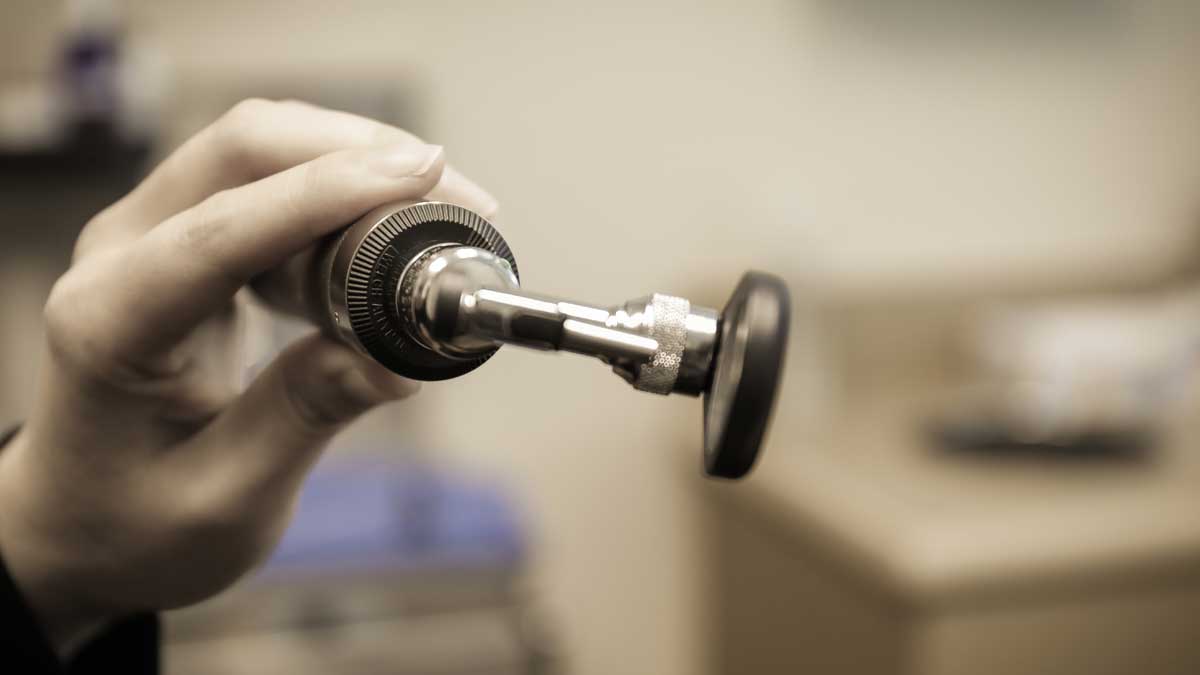
What is Sleep Apnea?
Sleep apnea is a potentially serious medical condition when a person stops and starts breathing repeatedly throughout the night. This results in poor quality sleep. Individuals with sleep apnea often have symptoms of snoring, restless sleep, difficulty getting out of bed in the morning, daytime tiredness, difficulty concentrating, and headaches.
There are 3 Types of Sleep Apnea
Obstructive sleep apnea, which is the more common form, is when the throat muscles relax, leading to snoring and difficulty breathing. When the muscles relax, your airway narrows or closes as you breathe in. As a result, the body can't get enough air, leading to a lower blood oxygen level. The brain then senses your inability to breathe and rouses you from sleep to reopen your airway. These episodes are brief and frequently unnoticed. Bed partners may notice that you snort, choke or gasp at night. This pattern repeats itself throughout the night impairing your ability to reach the deep, restful phases of sleep. Central sleep apnea occurs when your brain doesn’t send proper signals to the parts of the body that control breathing. This means that you make no effort to breathe for a short period. You might awaken with shortness of breath or have a difficult time getting to sleep or staying asleep. Complex sleep apnea syndrome, also known as treatment-emergent central sleep apnea, occurs when someone has both obstructive sleep apnea and central sleep apnea.
There are Several Factors That Can Increase Your Risk for Developing Sleep Apnea
Being Obese
Obesity greatly increases the risk of sleep apnea. Fat deposits around your upper airway can obstruct your breathing. Having a thick neck. People with thicker necks might have narrower airways, also making it difficult to breathe at night.
Having a Narrow Throat
Large tonsils and adenoids can block the airway, particularly in children. Being male. Men are two to three times more likely to have sleep apnea than are women. Being older. Sleep apnea occurs significantly more often in older adults. Use of alcohol, sedatives or tranquilizers. These substances relax the muscles in your throat, which can worsen obstructive sleep apnea.
Smoking
Smokers are three times more likely to have obstructive sleep apnea than are people who've never smoked. Smoking can increase the amount of inflammation and fluid retention in the upper airway. Nasal congestion. If you have difficulty breathing through your nose — whether from an anatomical problem or allergies — you’re more likely to develop obstructive sleep apnea.
Sleep Apnea is a Serious Medical Condition and Should be Treated Promptly
Untreated sleep apnea can result in several complications including:
- Daytime fatigue: The repeated awakenings associated with sleep apnea make normal, restorative sleep impossible causing severe daytime drowsiness. Individuals are more likely to fall asleep at work, while watching TV or even when driving. Children with sleep apnea might perform poorly in school or have behavior problems.
- High blood pressure or heart problems: Sudden drops in blood oxygen levels that occur during sleep apnea increase blood pressure and strain the cardiovascular system. This increases both your risk of having high blood pressure and even having a heart attack.
- Psychiatric disorders and stroke: Individuals with sleep apnea are more likely to suffer from major depressive disorder and anxiety. Individuals are also more susceptible from suffering from a stroke, also known as a cerebrovascular accident (CVA).
- Type 2 diabetes: Having sleep apnea increases your risk of developing insulin resistance and type 2 diabetes.
Sleep Apnea Treatments
The treatment of sleep apnea usually begins with a simple at home sleep study. During this, you will pick up a home sleep study device and sleep with the sensors in place for 1 to 2 nights. Your doctor will use the results of this study to answer 2 questions:
- Do you have sleep apnea?
- How bad is your sleep apnea?
Depending on the severity of their sleep apnea, patients will be given several different options. One option is starting you on a CPAP, which stands for continuous positive airway pressure device. The basic design of this device include a control box, a hose and a mask. These devices apply a constant pressure to the upper airway to prevent collapse and obstruction. People with sleep apnea sleep with their CPAP every night until it resolves.
CPAP is not an option for all patients, in which case surgery is considered. Ear, nose, and throat doctors specialize in the surgical management of sleep apnea. Examples of surgery can consist of a simple nasal procedure or more complex airway reconstruction and nerve implants. Visit your local ENT provider to start your journey to having a better and more restful life!
